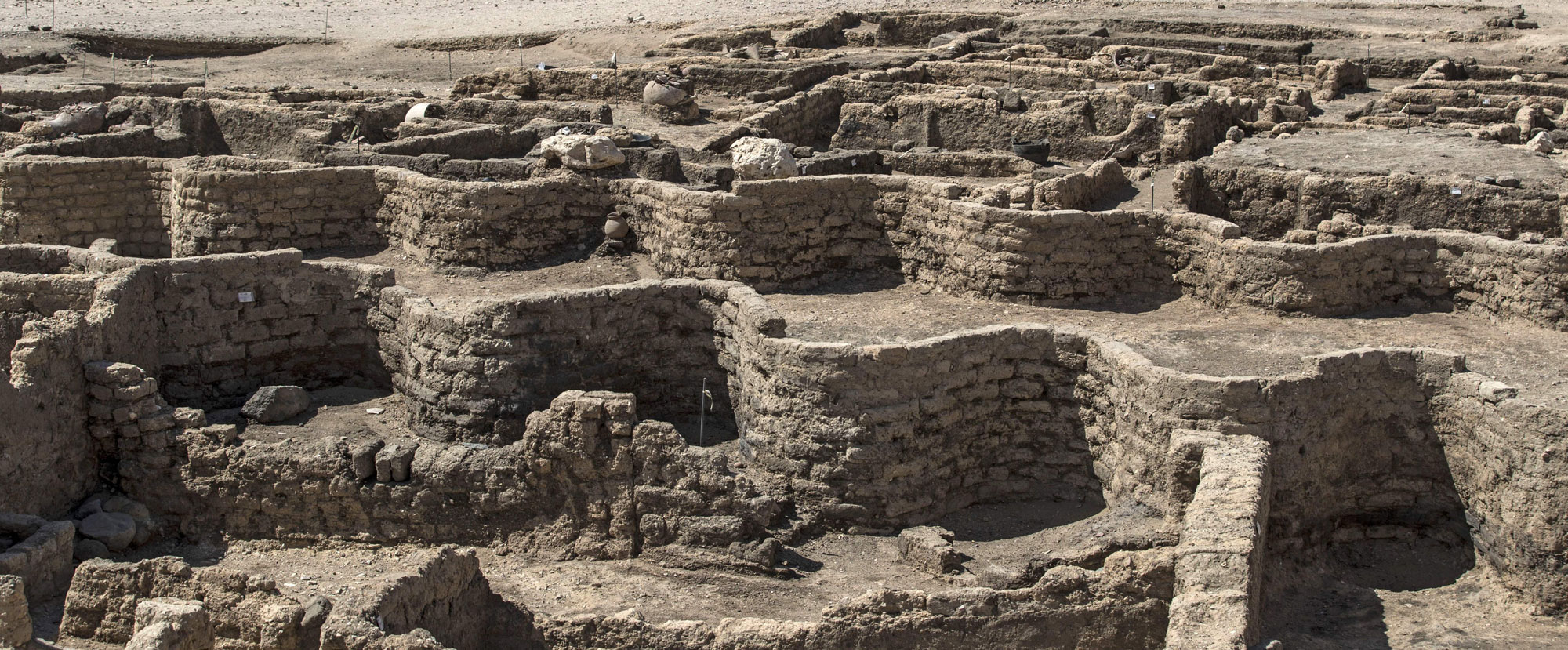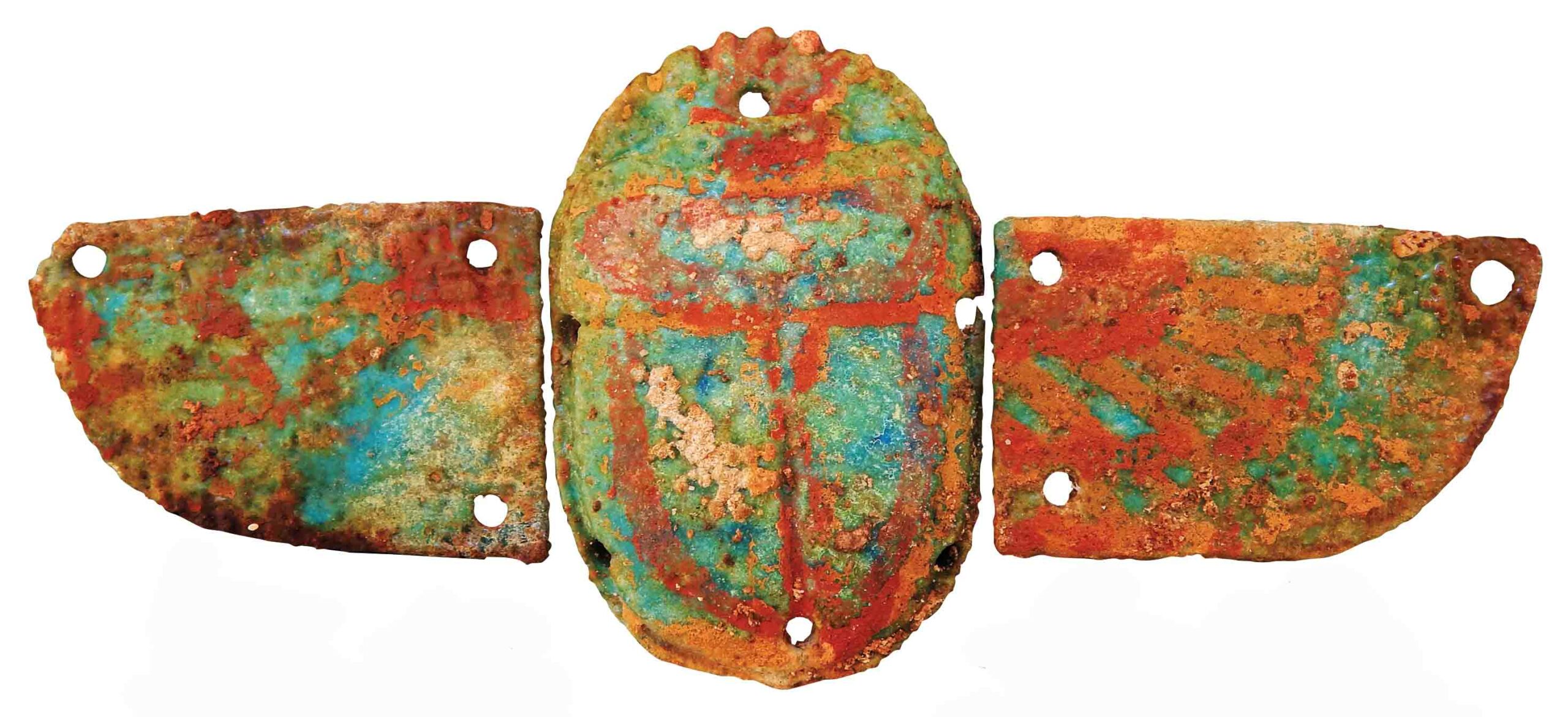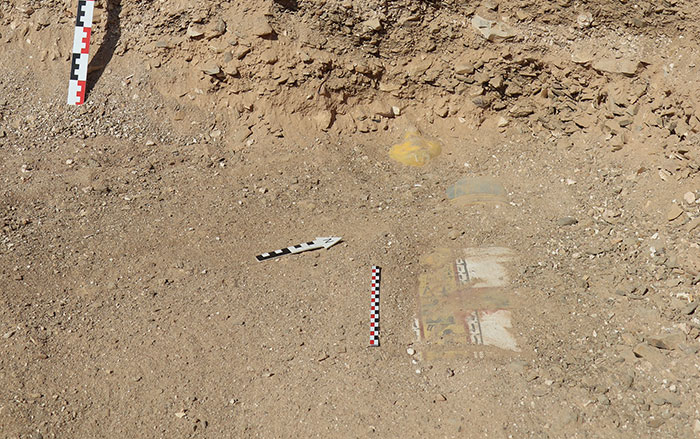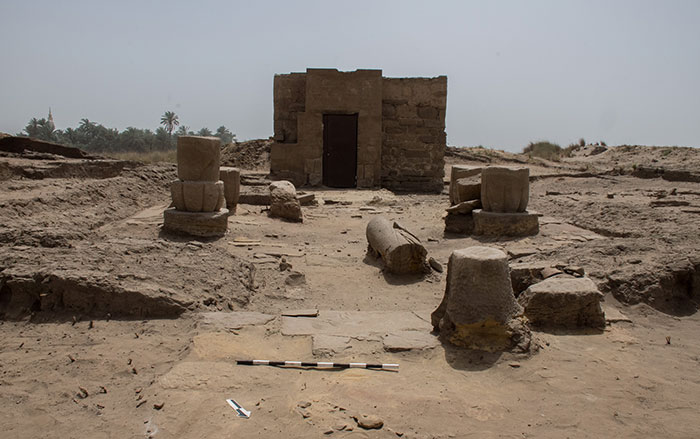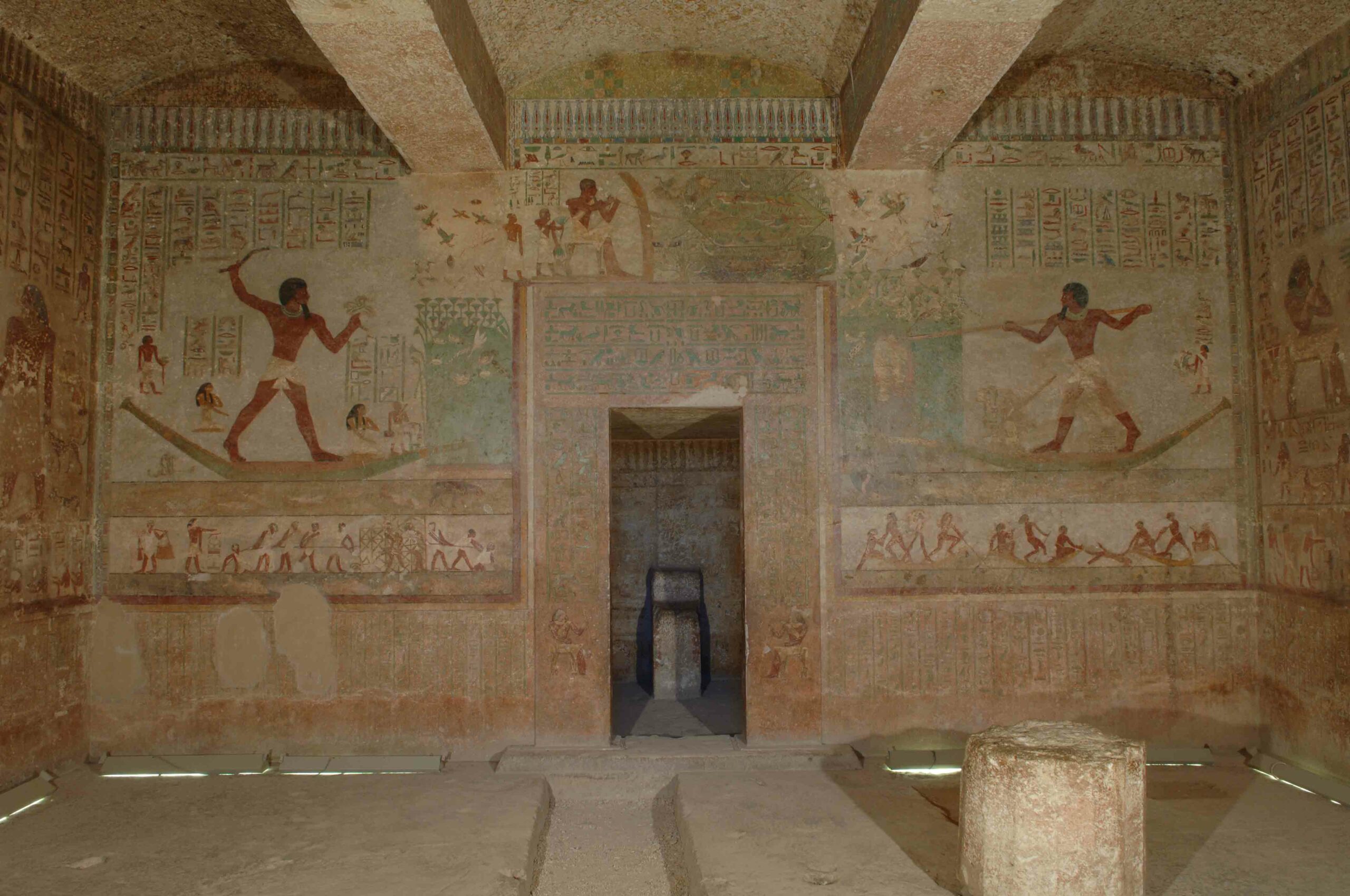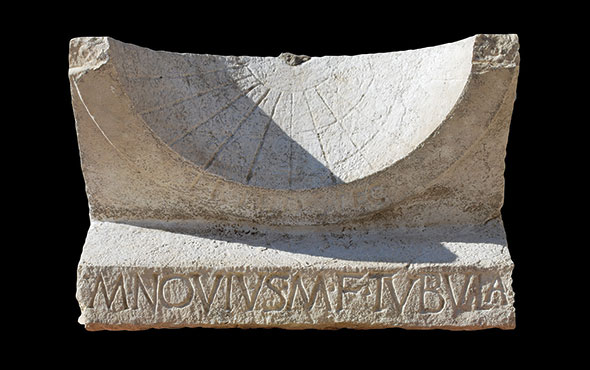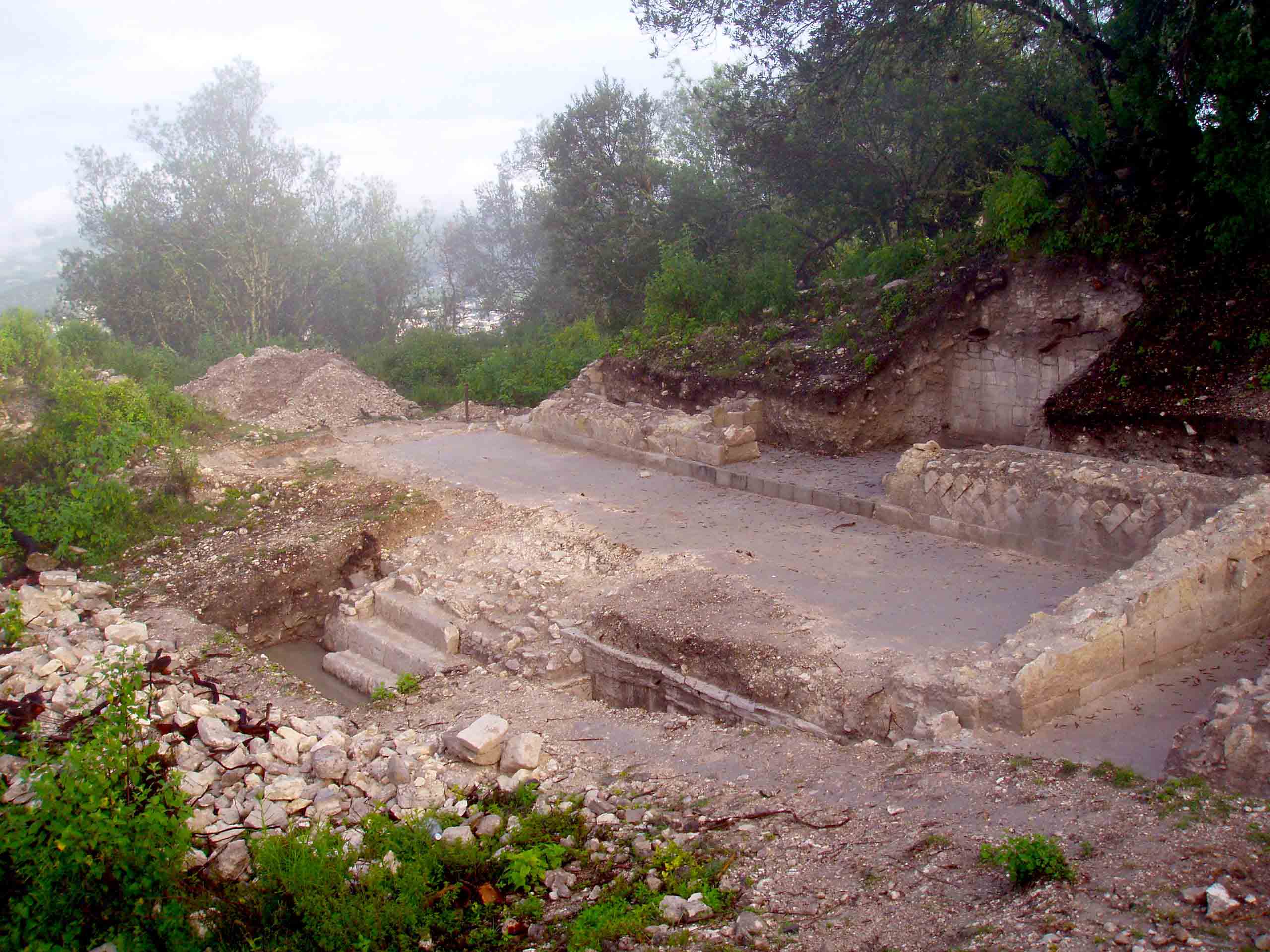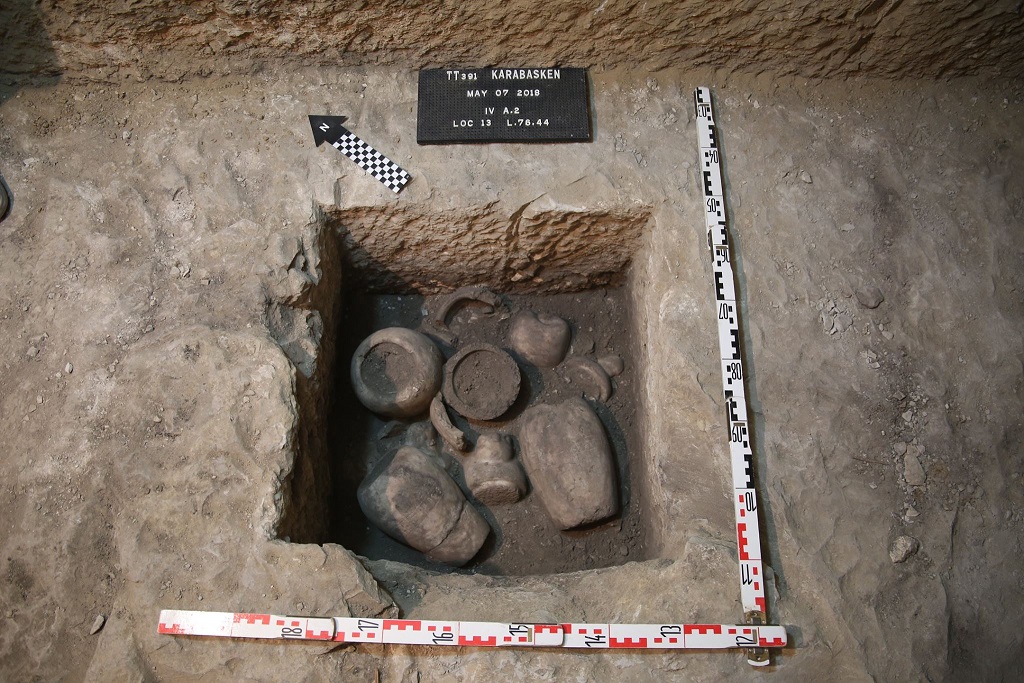
LUXOR, EGYPT—Ahram Online reports that four canopic jars dating to the 26th Dynasty have been recovered in the South Asasif necropolis on Luxor’s west bank. The jars and their lids, dedicated to “the lady of the house of Amenirdis,” were carved in the shapes of a man, a baboon, a jackal, and a falcon by at least three different artists. The jars still contain resin, and are thought to have once contained viscera. They were found in a burial compartment cut into the south wall of a pillared hall in the Kushite tomb of Karabasaken, who had been a priest, according to Mostafa Waziri of the Supreme Council of Antiquities. “Although the jars are in situ in a very good conservation condition,” he said, “they had fallen...under the pressure of flood water and one of them was broken into several fragments.” For more on archaeology in Egypt, go to “Honoring Osiris.”


